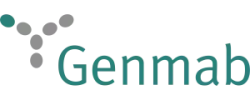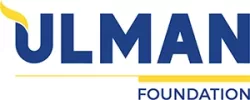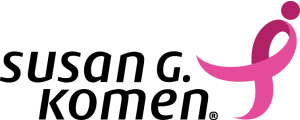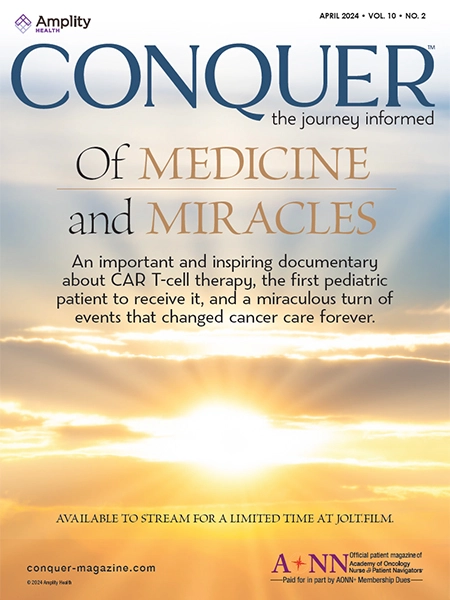In the late 1980s, changes were made to this method of monitoring care and utilization management (UM) was introduced. UM was the evaluation of the appropriateness, medical need, and efficiency of healthcare services, procedures, and facilities according to established criteria or guidelines and under the provisions of an applicable health benefits plan. The overarching goal, according to the government and managed care organizations, was to help ensure that patients were provided cost-effective, high quality, medically necessary care delivered in an efficient manner. Despite this goal, the relationships between managed care organizations (as well the PROs overseeing Medicare and Medicaid) and doctors and hospitals were still adversarial. UM strategies sought to avoid delays in treatment and in discharge from the hospital for inpatients, no matter what their disease or disorder. DRGs were still the payment system. Insurance companies invested large dollars performing, in a concurrent manner, medical record reviews while patients were hospitalized. UM nurses monitored each patient's hospitalization to ensure each day was medically necessary, there were no barriers to treatment or barriers to the patient being discharged to home or to a lower level of care, and the patient had a good clinical outcome. (Note that I used the navigation word barriers.)















